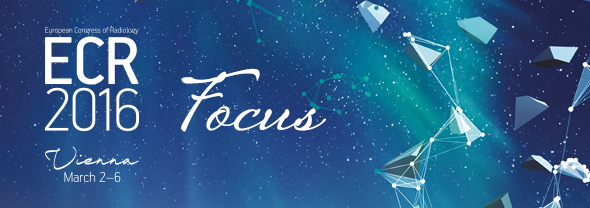The best unused cases submitted for the popular “Know Your Calcifications” interlude at ECR 2016

Dear Friends,
Over the last couple of years, one of the last sessions at the ECR has always covered 20 interesting cases from various subspecialties, which the audience are asked to solve in an interactive way to broaden and update their knowledge.
In between, the very best submissions from the global radiological community have been presented in an interlude lecture. The best submission has always been awarded with a prize and a certificate.
Due to time limits, only a small number of submitted cases can actually be shown onsite, but the session’s rising popularity has resulted in increasing numbers of submissions of excellent quality. This is why we would like to give our submitters the opportunity to reach a broader audience by posting the best cases here on the ESR Blog.
This year’s topic was calcifications, which are amorphous accumulations of calcium salts in the body. When they are structured and display cortical and spongiotic parts, they are called ossifications. For example, with age, laryngeal and rib cartilage as well as vessel walls often display calcifications. Many calcifications are incidental findings without clinical significance and should be recognised as such (sebaceous glands, ductus deferens, prostate). Others can give you important information on the metabolic situation of the patient (raised parathormone, calcium pyrophosphate deposition disease, gout), previous infection (fungus, tuberculosis, scolex), certain habits (excessive sports with enthesiopathies, bursitis, tendon strains) or previous trauma (oil cysts). Less common, but all the more important are calcifications, which should alert one to malignant tumours (ductal carcinoma of the breast, thyroid cancer, retinoblastoma, oligodendroglioma, juxtacortical osteosarcoma, hepatic metastases of colon cancer). The appearance of calcifications and ossifications differs in ultrasound, x-ray, CT and MRI, but should nonetheless be understood to avoid unnecessary further diagnostic or therapeutic procedures and accelerate appropriate steps when needed.
Below, we are pleased to present a selection of submissions for the “Know Your Calcifications” interlude at ECR 2016, which we were not able to fit into our schedule, but which we feel are worthy of being shared.
• Peritoneal calcified metastases (Pietro Andrea Bonaffini; Monza/IT)
(click here to view)
• Heterotopic ossification in the incision scar (Santiago Correa García; Donostia/ES)
(click here to view)
• Fetus in fetus (Hamidreza Haghighatkhah; Tehran/IR)
(click here to view)
• Left TMJ pseudogout (Ravi Lingam; London/UK)
(click here to view)
• Subcutaneous filariasis (Linda Metaxa, Sylvia O’Keeffe; Dublin/IE)
(click here to view)
• Extensive multiorgan and vascular calcification (Himansu Shekhar Mohanty; Bangalore/IN)
(click here to view)
• Primary hyperoxaluria (K.N. Nagabhushan; Perinthalmanna/IN)
(click here to view)
• Tuberculous pericarditis (Tom Semple; London/UK)
(click here to view)
• Mucinous adenocarcioma (Marya Hameed Shaikh; Karachi/PK)
(click here to view)
• Retroperitoneal teratoma (Jitender Singh; Aligarh/IN)
(click here to view)

